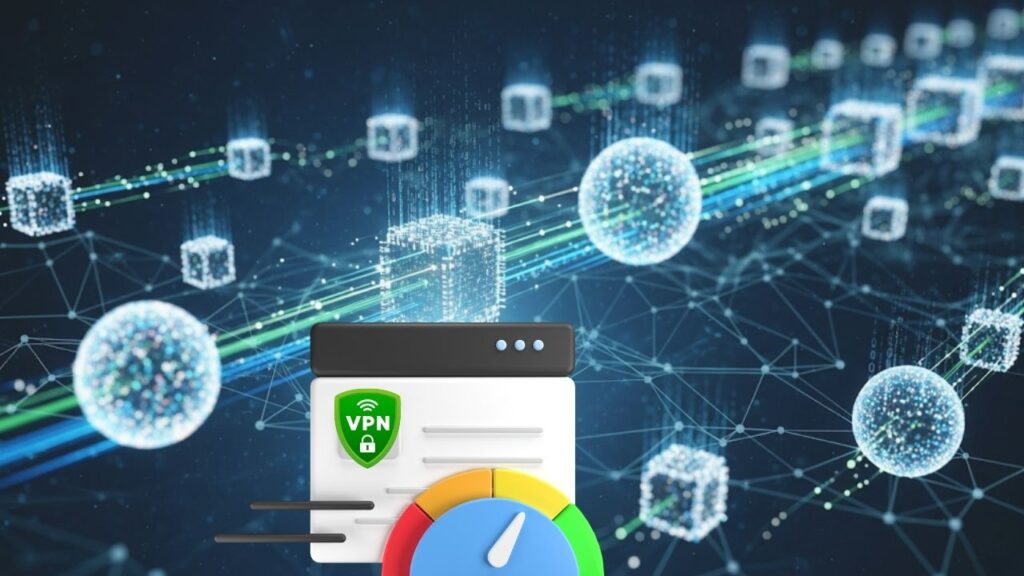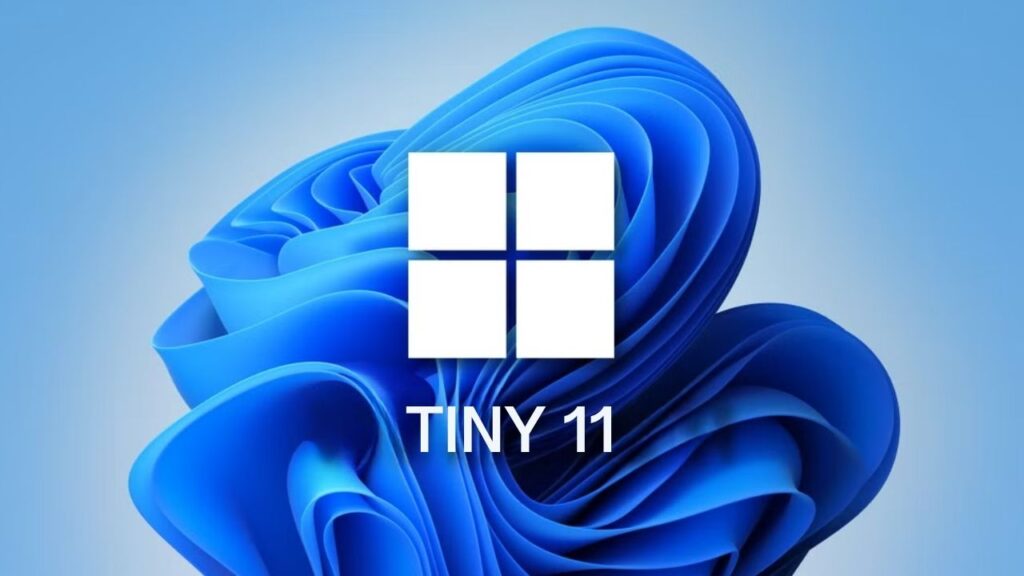The single point of failure threatening Web3’s dream of a decentralized internet is its ongoing dependence on centralized infrastructure and services. While Web3 promises a completely decentralized and permissionless internet, many decentralized applications (DApps) today still rely heavily on centralized cloud providers and API services. This reliance undermines the core principle of decentralization, exposing the entire ecosystem to outages, censorship, and single points of control — all of which could derail Web3’s vision of an open, resilient internet.
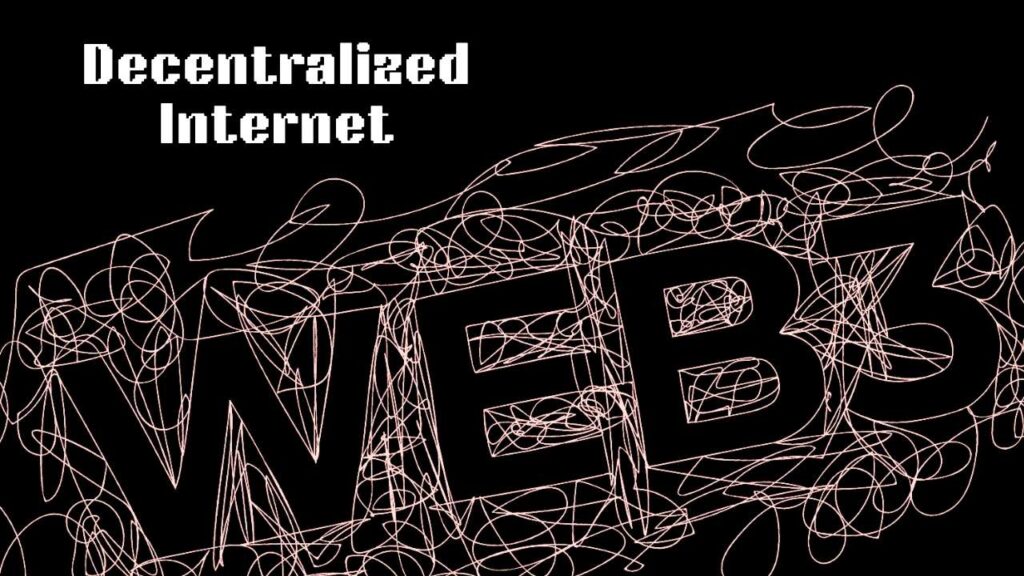
Table of Contents
Understanding the Single Point of Failure in Web3
A single point of failure is any part of a system that, if it stops functioning, causes the entire system to fail. In the context of Web3, this usually means centralized service providers that DApps depend on to deliver data or backend support. Despite the blockchain networks themselves being decentralized, many user-facing services depend on centralized entities like Amazon Web Services (AWS), Google Cloud, Microsoft Azure, or API providers such as Infura and Alchemy.
For example, in 2022, some MetaMask users temporarily lost access to their Ethereum wallets when Infura, a central API provider, imposed geo-blocking in compliance with sanctions. This event demonstrated that centralized choke points can disrupt whole segments of the decentralized internet, showing a fundamental vulnerability in Web3’s infrastructure.
This Single Point of Failure Could Destroy Web3’s Dream of a Decentralized Internet
| Aspect | Details |
|---|---|
| Vulnerable Infrastructure | Heavy reliance on centralized cloud services and APIs |
| Notable Failures | Infura outages, geo-blocking, overloaded RPC providers impacting Ethereum, Solana, Polygon |
| Market Size of RPC Services | $100–200 million annual market; handling billions of daily requests |
| Decentralized Solutions | Protocols like IPFS, Filecoin, Arweave, decentralized API networks like Pocket Network |
| Professional Impact | Disruptions affect investor confidence, developer ecosystem, and user access |
The single point of failure putting Web3’s vision at risk is its current dependence on centralized infrastructure and API providers. While blockchains themselves remain decentralized, critical backend services often rely on centralized cloud-based systems vulnerable to outages, censorship, and control. To truly realize the decentralized, censorship-resistant, and resilient internet Web3 promises, the ecosystem must shift to fully decentralized storage, APIs, and emerging DePIN infrastructures. By embracing open, distributed protocols, professionals and projects can build a secure, scalable Web3 that fulfills its original ethos.
Why Does Web3 Depend on Centralized Systems?
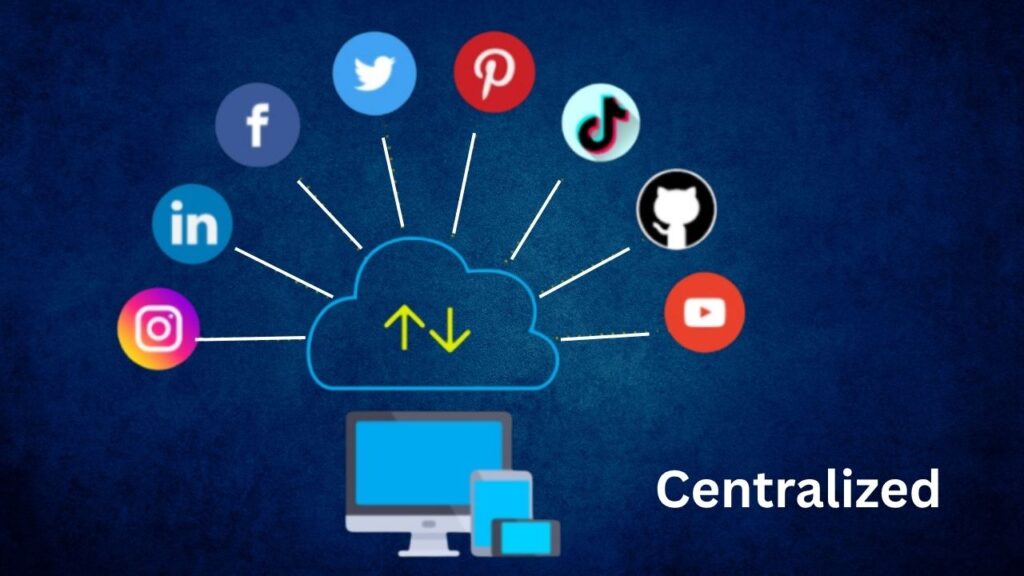
The architecture behind many DApps broadly divides into two parts:
- On-chain smart contracts: Running on decentralized blockchains like Ethereum or Solana.
- Off-chain backends: Storing data, serving content, and handling API requests.
While smart contracts are decentralized by design, the off-chain components frequently use centralized cloud infrastructure and APIs. This approach is popular because centralized services offer:
- Ease of Development: Centralized platforms provide simple management tools and familiar environments for developers.
- Scalability and Speed: Cloud providers can quickly scale resources to meet demand.
- Ecosystem Maturity: Decentralized alternatives for many backend services remain nascent.
However, this convenience comes at the cost of creating centralized failure points. If these centralized providers go down or restrict access, entire DApps become inaccessible — contradicting the trustless and censorship-resistant promises of Web3.
Examples of Centralized Failures Impacting Web3
Infura Outages and Access Restrictions
Infura is a key infrastructure provider for Ethereum. In 2020 and 2022, Infura outages caused widespread service disruptions across the Ethereum ecosystem. Additionally, geo-blocking policies related to sanctions affected users’ access to certain DApps like MetaMask, showing how centralized control points can impose real-world restrictions on decentralized services.
RPC Provider Overloads on Solana and Polygon
Remote Procedure Call (RPC) endpoints are critical for querying blockchain data. At times of high network activity, RPC providers for chains like Solana and Polygon have been overwhelmed, resulting in timeouts and downtime. These bottlenecks limit network performance and frustrate users, revealing how centralized infrastructure can throttle decentralized networks.
Moving Beyond Single Points of Failure: Decentralized Infrastructure Solutions
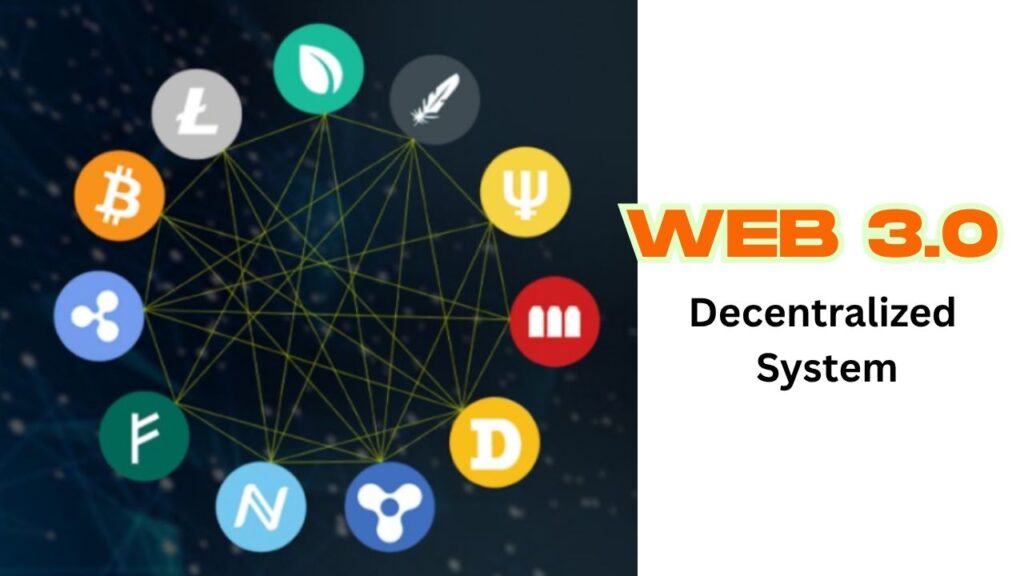
Overcoming these vulnerabilities means building decentralized alternatives to critical infrastructure. Several promising projects are innovating in this space:
Decentralized Storage Networks
- IPFS (InterPlanetary File System): A peer-to-peer protocol for distributed file storage and retrieval.
- Filecoin and Arweave: Incentivized decentralized storage solutions offering censorship resistance and permanent data availability.
Decentralized API and Data Provision
- Pocket Network: Decentralizes API access by distributing requests across numerous independent nodes, reducing reliance on centralized providers.
- Chainlink: Offers decentralized oracles that securely connect smart contracts with real-world data without centralized intermediaries.
- BlueSky and AT Protocol: Examples of emerging decentralized social platforms challenging centralized control.
DePIN (Decentralized Physical Infrastructure Networks)
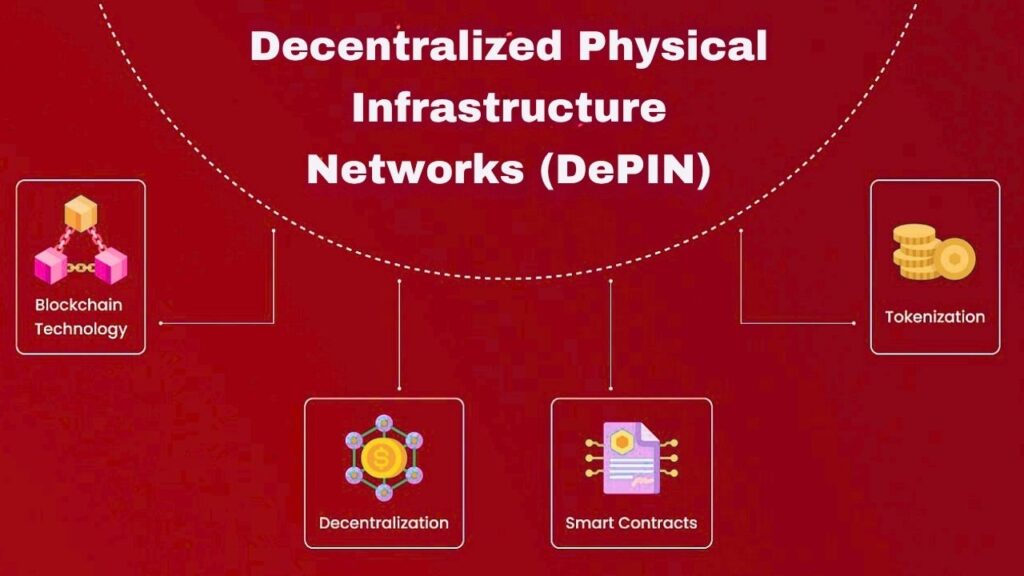
DePIN models decentralize control over physical assets such as wireless networks, storage hardware, and energy grids through blockchain technology and token incentives. These expand decentralization from virtual nodes to real-world infrastructure, adding resilience and community governance.
Challenges and Opportunities
The Web3 RPC services market is estimated at $100–200 million annually and growing, with demand projected to reach trillions of queries daily. This drive for scale necessitates not just functional but highly reliable, decentralized infrastructure to avoid bottlenecks.
The transition to decentralized systems is both a technological challenge and an economic opportunity. Developers, investors, and businesses must weigh infrastructure risks when building or backing Web3 projects.
How Professionals Can Support the Transition
- Developers: Build DApps with decentralized backends and APIs by embracing IPFS, Pocket Network, and Chainlink instead of centralized alternatives.
- Investors: Assess projects’ infrastructure dependencies to gauge resilience and long-term viability.
- Businesses & Regulators: Support open standards and interoperability for decentralized infrastructure, ensuring a robust and open ecosystem.
SuperAlgorithm.ai Breaks Big Tech’s AI Monopoly: A New Era in Global Artificial Intelligence
FAQs About This Single Point of Failure Could Destroy Web3’s Dream of a Decentralized Internet
Q1: What is a single point of failure in Web3?
It’s a centralized component such as an API or cloud provider that can bring down or block access to an entire decentralized service if it fails or restricts service.
Q2: Why do many decentralized apps still rely on centralized services?
Centralized services are easier to deploy, manage, and scale compared to current decentralized alternatives, which are still maturing.
Q3: What happens if a centralized provider goes offline?
DApps relying on that provider can become inaccessible, transactions may fail, and users lose trust in the system’s reliability and decentralization.
Q4: How does decentralizing infrastructure solve this problem?
By distributing hosting and data queries across many independent nodes, decentralized infrastructure removes choke points, increasing system resilience and censorship resistance.
Q5: Are there practical decentralized infrastructure options available now?
Yes. Solutions like IPFS, Filecoin, Pocket Network, and Chainlink have active deployments, and emerging decentralized social protocols like BlueSky are gaining traction.



